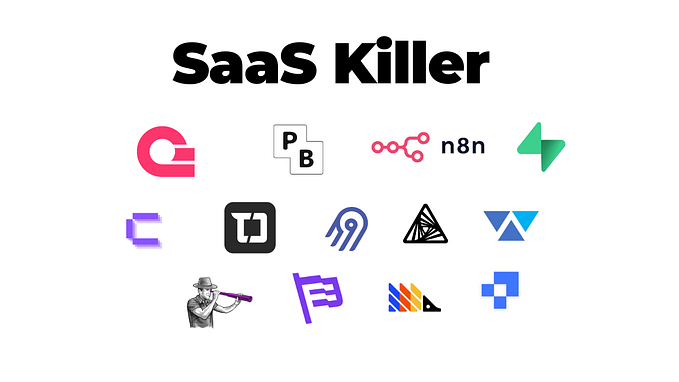What Happens During a Third-Party Warehouse Rack Inspection?
When a third-party inspector arrives at your facility, their primary focus is to evaluate the structural integrity and safety of your racking system. Here’s what the process typically involves:

1. Structural Integrity Check
The inspector conducts a thorough bay-by-bay examination, looking for signs of damage or wear, such as:
- Deformed structural components
- Bent struts
- Missing studs
2. Product Application Review
Inspectors assess how your racks are being used. Many organizations adopt a one-size-fits-all approach, using existing racks without considering compatibility. Key areas of focus include:
- Load Positioning: Are items improperly placed?
- Weight Capacity: Are racks exceeding their weight limits?
- Beam Deflection: Is there noticeable bending under load?
3. Anchoring Assessment
Inspectors check whether racks are properly anchored to the floor and warehouse structure to ensure stability.
4. In-House Modifications
Any repairs or modifications made by your team are closely examined. Non-standard or unengineered fixes often fall short of industry safety standards.
5. Detailed Reporting
Throughout the inspection, inspectors document issues, take photographs, and prepare a comprehensive report. This report outlines infractions, provides evidence, and typically takes about a week to complete.
By the end of the process, you’ll have a clear understanding of your racking system’s condition and recommendations for improvement to ensure safety and compliance.






